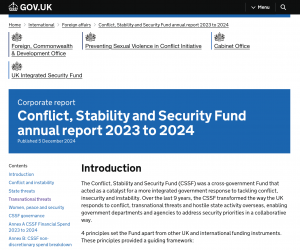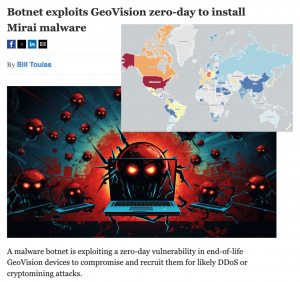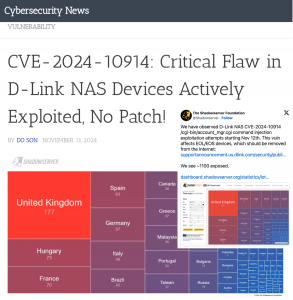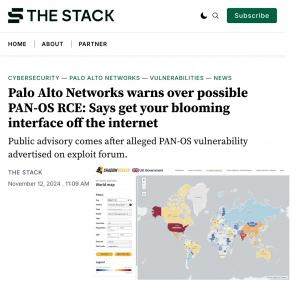Playbook for Strengthening Cybersecurity in Federal Grant Programs for Critical Infrastructure
The Cybersecurity and Infrastructure Security Agency (CISA) and Office of the National Cyber Director (ONCD) published Playbook for Strengthening Cybersecurity in Federal Grant Programs for Critical Infrastructure to enable grant-making agencies to incorporate cybersecurity into their grant programs, and to enable grant-recipients to build cyber resilience into their grant-funded infrastructure projects.
The guide includes a comprehensive list of cybersecurity resources available to support grant recipient project execution. Shadowserver is included in the Advisory Support/Technical Assistance Service section in the Protect category.











